Chinese polysilicon and solar module manufacturer Tongwei claims to have achieved a 91.7% bifaciality factor in a 722 W solar module based on tunnel oxide passivated contact (TOPCon) solar cell technology.
“We reached this result with a TOPCon cell with a bifaciality of 94.3%,” Tongwei’s researcher, Xiajie Meng, told pv magazine. “It was certified by German certification body TÜV Rheinland.”
“We have already started pilot running for a product with a bifaciality of over 90%,” he went on to say. “The mass production of panels with bifaciality of over 85% will start this year. Reaching 95% cell bifaciality and 90% module bifaciality in mass production is a big challenge but we believe in the coming one or two years this will be possible.”
The company’s researchers explained that the result was made possible by two innovations in the cell design – a selective sunken pyramid structure and a zebra-crossing passivation contact. As for the first one, it helped optimise the rear texture of the non-electrode area of the cell rear side, while the second one was reportedly able to improve the passivation of the n-type passivating contacts based on polysilicon and silicon monoxide (SiOx).
This cell configuration is claimed to increase the harvest of ambient low light and the module’s energy yield per W while extending its effective operating hours.
For the cells, the scientists used 130 μm-thick textured n-type Czochralski (Cz) silicon wafers cleaned with hydrochloric acid (HCl) and hydrofluoric acid (HF). They also utilised atomic layer deposition (ALD) to deposit a 4-nm thick aluminum oxide (Al2O3) layer on both cell sides for surface passivation. The front side was passivated with a 75–80 nm thick hydrogenated silicon nitride (SiNx:H) layer and the rear surface was treated with an 85-nm thick SiNx:H film. They then sintered (Ag) electrodes and implemented light-induced plating.
The solar cell was tested under standard illumination conditions and was found to achieve a front-side efficiency of 25.67 %, an open-circuit voltage of 742.15 mV, a short-circuit current density of 41.30 mA/cm2, and a fill factor of 83.73 %, with the rear side reaching an efficiency of 24.21% and a bifaciality factor of 94.3%.
“The rear-selectively textured cell exhibits a higher integrated short-circuit current density of 41.29 mA/cm2 compared to 38.03 mA/cm2 for the polished rear structure,” the researchers explained. “This improvement is attributed to the light-trapping effect of the rear texture, which enhances light absorption. The textured region, which lacks the poly layer, effectively reduces parasitic near-infrared absorption losses.”
These cells were then used to build a 722 W module demonstrating a rear-side power output of 662.1 W and a bifaciality factor of 91.7%.
“These results not only highlight the potential of TOPCon technology in high-reflectance environments but also pave the way for the sustainable design of high-performance bifacial TOPCon solar cells and modules,” the scientists concluded.
The new cell and module design was presented in the study “Enabling 95 % bifaciality of efficient TOPCon solar cells by rear-side selective sunken pyramid structure and zebra-crossing passivation contact,” published in Solar Energy Materials and Solar Cells. The research team included academics from China’s Southwest Petroleum University.
This content is protected by copyright and may not be reused. If you want to cooperate with us and would like to reuse some of our content, please contact: editors@pv-magazine.com.




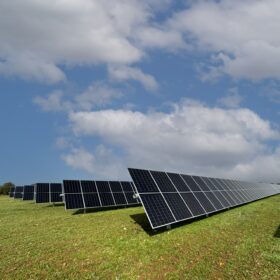
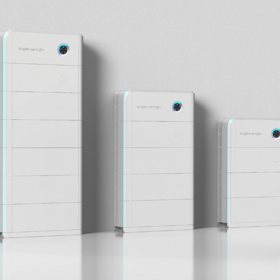
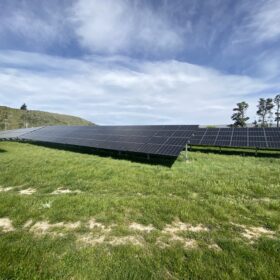
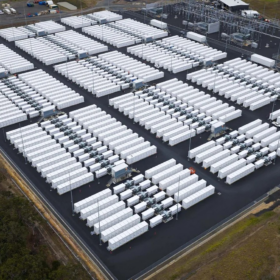
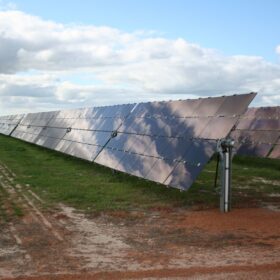
By submitting this form you agree to pv magazine using your data for the purposes of publishing your comment.
Your personal data will only be disclosed or otherwise transmitted to third parties for the purposes of spam filtering or if this is necessary for technical maintenance of the website. Any other transfer to third parties will not take place unless this is justified on the basis of applicable data protection regulations or if pv magazine is legally obliged to do so.
You may revoke this consent at any time with effect for the future, in which case your personal data will be deleted immediately. Otherwise, your data will be deleted if pv magazine has processed your request or the purpose of data storage is fulfilled.
Further information on data privacy can be found in our Data Protection Policy.